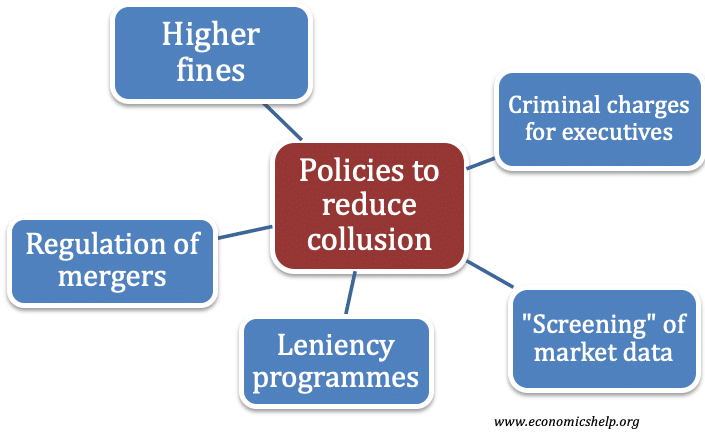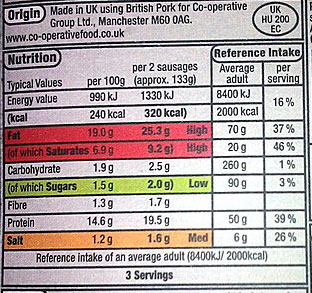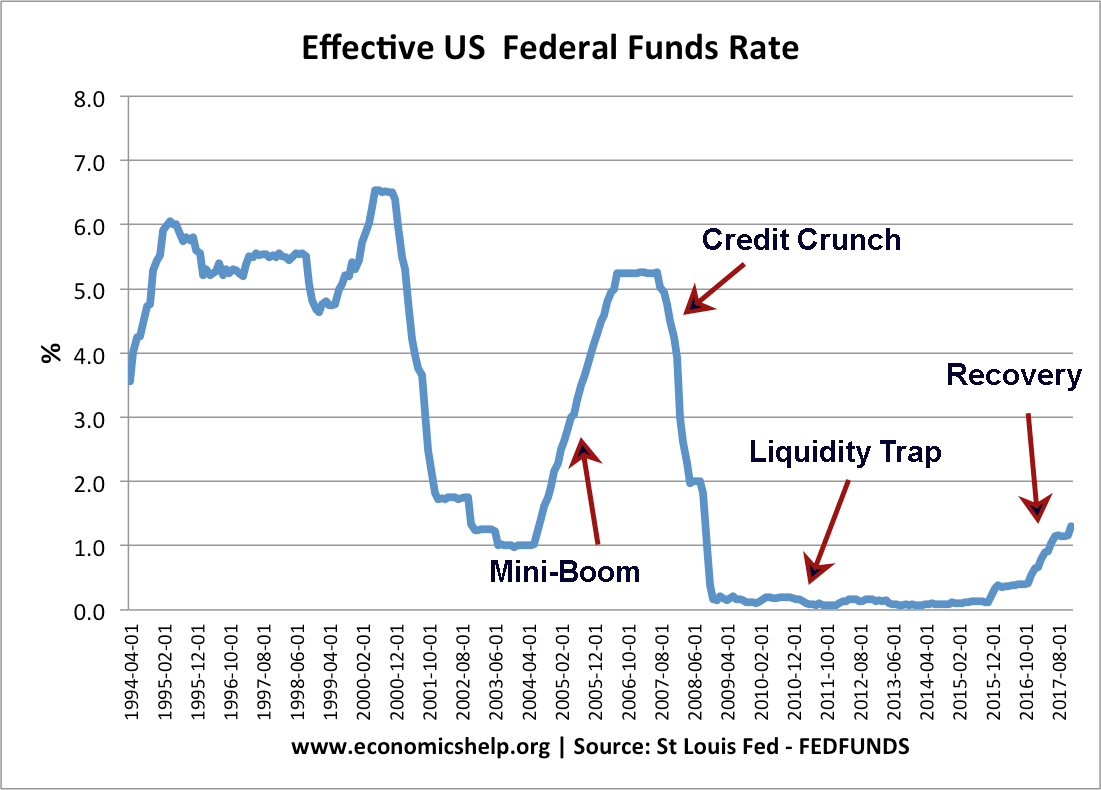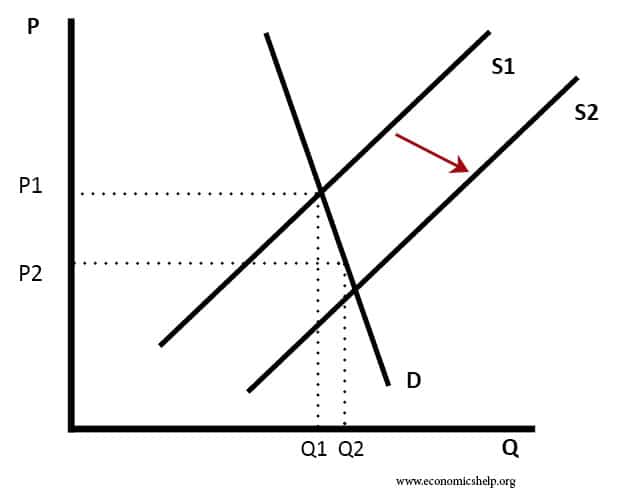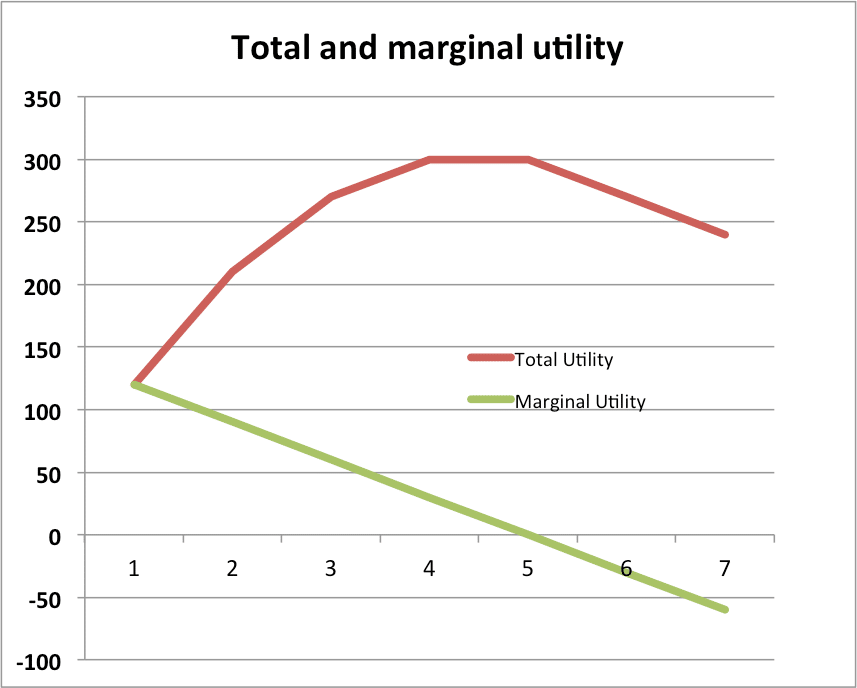Government policies to reduce collusion
Collusion involves firms coming to an agreement to artificially raise prices and increase profitability at the expense of consumers. Collusion can lead to significant welfare loss and governments have sought to prevent it through a variety of policies, including: Fines for firms found guilty of collusion Fines and jail sentences for company executives who are …

